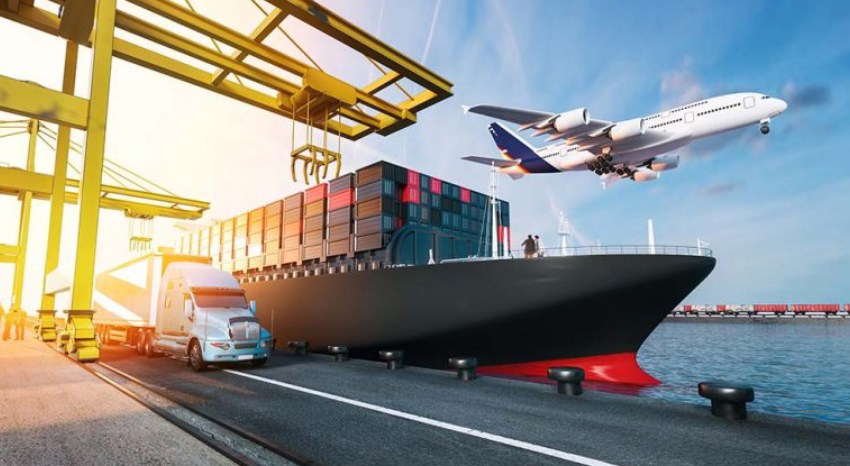
Navigating Peak Season: Surging Cargo Volumes and Supply Chain Challenges
The global supply chain is experiencing a notable surge in cargo volumes that, based on current booking levels, will likely continue into the peak season, traditionally marked by increased consumer demand ahead of the holiday period. This surge is testing the resilience of logistics networks still recovering from disruptions caused by the COVID-19 pandemic. Ports, especially major hubs in China, Southeast Asia, and Europe, are facing heightened congestion, leading to delays and increased costs. Shipping lines are grappling with a shortage of containers sparked by the increased transits for cargo ships routed around the Cape of Good Hope, avoiding the Red Sea. As a result, spot freight rates have also surged, with some trades experiencing record-high prices.
On the supply side, the scheduled deliveries of new vessels into the market are poised to influence the dynamics significantly. A substantial number of new and larger container ships are set to join the global fleet in the second half of the year. While this influx of new vessels is expected to eventually ease some of the capacity constraints, in the long term, if demand drops significantly, it could also lead to volatility in the overall market. We should expect to see the impact of this supply shift towards the fourth quarter.
The additional capacity from new vessels may alter the supply-demand balance, leading to a retrenchment of spot rates. However, in the immediate term, the market faces a delicate balance. Effective management and strategic deployment of assets are crucial to mitigating the current supply chain disruptions and ensuring a smoother flow of goods through the global logistics network. Ensuring inventory levels are manageable and warehouse space is not lacking, as well as continuing to keep a close eye on future orders and the downline logistics chain, will be key to minimizing the impact on the retail industry.







